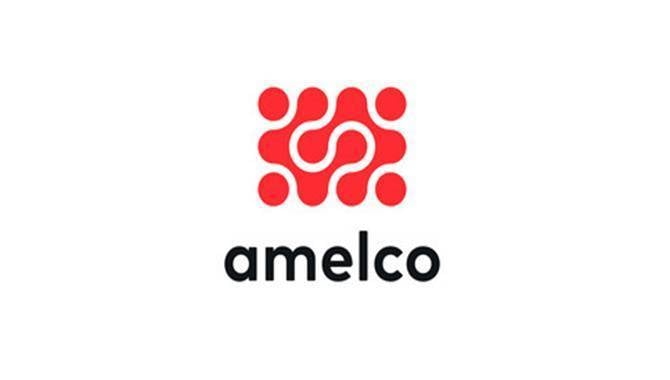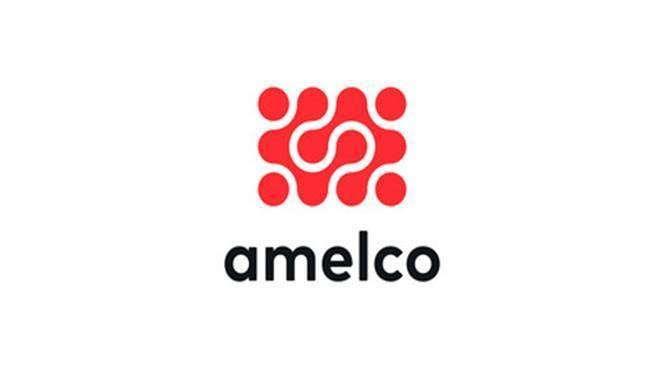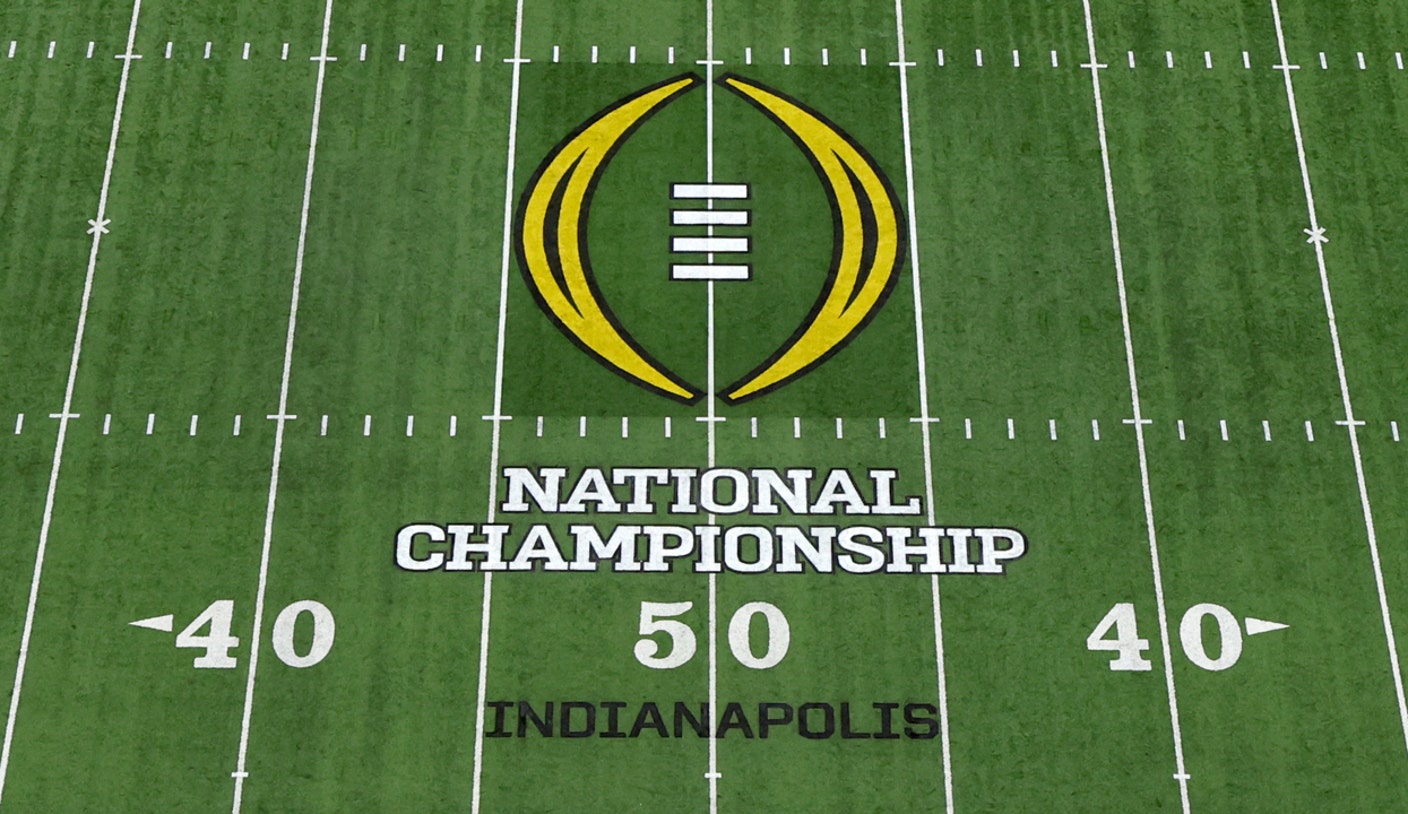
Not speed to market, as Amelco has demonstrated by taking two years to develop its machine learning pricing, but the speed with which it can deliver odds to customers.
As it looks to “Americanise” both its product and its services, Amelco USA President Rob Bone spoke exclusively to Gambling Insider about exactly that.
Can you give us an introduction to Amelco’s machine learning pricing?
Two years ago, this was initiated. Our Head of Trading was given approval by our owner Damian Walton to hire a team of people for our Leeds office and work for up to two years to develop an algorithmic, AI-oriented predictive modelling tool. This tool would effectively look at how outcomes have happened in the past, building a whole database indicative of what would happen in future events.
If you believe history is the best predictor of the future, we’ve built a tool which takes advantage of that. The benefits are pricing made available in a quick format, with no suspension time, so the player can immediately make bets. You now have a tool not really requiring human involvement. This is the first type of innovation available in sports in this area and we’re pretty excited about it.
How different could the resulting prices be from the rest of the market?
To understand the differences in pricing, we’re launching it in our soccer markets. Then, we’ll roll it out in tennis and the other US sports. We don’t expect there to be any deviation in pricing from what there would be with the market in general.
We have the ability to manually move them more in line. But we’ll put it out in soccer, manage it and understand what the difference might be so we can manage that. At this point, we don’t expect there to be anything meaningful.
How important could this focus on speed, not a differenation in pricing, be for in-play betting in the US?
That’s one of the huge elements. Let’s say the average suspension of a market is anywhere between a minute to three minutes. The reduced amount of time allows players to get back in the action – I think that’s critical. Anything related to latency or speed is huge when it comes to in-game play.
We’re really setting the stage for other people to follow in allowing there to be as little downtime as possible. Ultimately, it provides a more profitable operation for our customers.
Picking up on something you said earlier about removing the human element, could this tool mean you wouldn’t need any human traders at all?
That’s a great question; we’re learning as we go. As with all technology, there’s less and less involvement with a human touch in general. At this point, I don’t think we’d ever anticipate this being a completely non-human element or anything that wouldn’t require some kind of human touch.
Our traders are always overseeing the lines, so by no means is this purely machine driven. As things evolve, could this become purely machine driven? I think the intuitive nature of being a bookmaker or trader is key, so we want to combine the machine learning and human overseeing – to ensure one plus one equals three!
What are the biggest challenges involved with machine learning pricing?
We aren’t necessarily anticipating any new challenges but we do need to see whether the tool is hitting things right out of the gate or if we need to make some subtle refinements over time. We also need to evaluate how it applies to each individual sport. Certain sports might be easier and a smoother process. Others, like baseball, are more difficult with the amount of outcomes that can happen in one single play.
We’re extremely committed to it. That’s demonstrated by the fact we spent two years on it, without any real benefits for the first 24 months. So whatever initial refinements we have to make, we’ll make those and make sure we’re leading the initiative with respect to machine learning and AI.
What are Amelco’s plans within the US moving forward?
First and foremost: brand recognition. There really isn’t a great amount of brand awareness for Amelco, so how do we ensure customers understand we’ve got compelling technology and great trading services? Secondly, there’s so much confusion at the customer level in the US; it’s imperative we serve not only as a technology and services offering but as a thought leader. We need to make sure people understand how and what’s necessary in operating a sportsbook, even if that doesn’t translate to us being their partner of choice.
But, most importantly, we want to educate the market on the critical features you need when trading a sportsbook operation. There are a lot of big names out there. But if you really look under the cover for the features that set you apart, whether it’s a retail sportsbook or an online mobile sportsbook, you need to analyse what the long-term advantages of using a system are.
We’re pursuing approval in all jurisdictions. We’re making our system as Americanised as possible. I think that speaks to the lack of ego and humility we have as a company. We’re not trying to impose our will on the American market, we’re trying to adapt to it.
How exactly is Amelco Americanising its product?
The one thing I’d add, on the topic of Americanising, is on the services front. We have over 12 years of trading all sports globally. But I think it’s important, too, we have partnerships and interactions with people who are very credible trading US sports. Our managed trading services team is absolutely an option to all our US customers.
We’ve created partnerships with a couple of bookmaking services, so we can utilise these groups to help optimise our profitability. Again, I think that speaks to our lack of ego. It’s a key point to reference: you don’t just need to be Americanised with your tech but with your services. The people well suited to trade US sports are probably the best to partner with and we’re going down that path.
I’ve been in gaming 25 years and a lot of topics have come and gone. But sports wagering is here to stay. It appeals to a whole new segment of player that’s younger and I think the people who embrace it are going to be very successful going forward.



